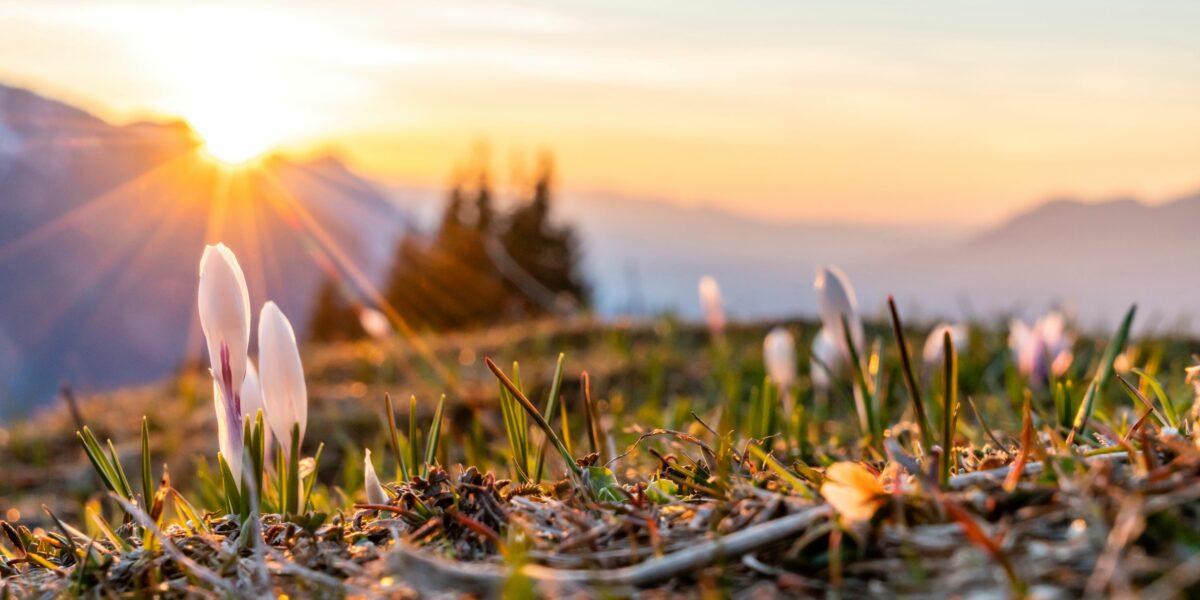With the first rays of spring sunshine, Germany’s early bloomers emerge from their winter hibernation. But snowdrops, daisies, tulips and the like are not only pretty to look at, they also play an important role in the ecological structure. So, just in time for the first warmer days, here is a brief overview of these delicate little plants and their importance to the ecosystem. IMAGE: Netzer Johannes | Stock.Adobe.com
What are early bloomers?
Early bloomers are those plants that bloom first in the year. Logical 😀 There are several reasons for this early start, such as their adaptation to our native deciduous forests. In order to survive under the dense canopy later in the year, they take advantage of the light and warmth above the ground before the canopy closes and the light no longer fully reaches them. The energy they need to flower so early in the year, and especially to be the first, comes from underground storage organs such as bulbs, tubers, or rhizomes. However, due to the scarcity of resources stored from the previous year, their focus is almost entirely on flower production, which is why they rarely form leaves or stems. They protect themselves from the cold at this early stage of the year by storing natural preservatives such as salts.
Ecological importance
As mentioned earlier, early bloomers also play an important role in the ecosystem. As the first plants to flower, they serve as the primary food source for insects such as bees and butterflies after the long winter. This helps to protect the insects that are so important to the balance of nature. Protecting the habitats of early flowering plants and preserving their diversity is therefore crucial. By practicing environmentally conscious gardening and farming and avoiding the use of harmful chemicals, we can help ensure that early bloomers have enough space and resources to thrive.
Early bloomers in Germany
The first early bloomers to blossom in February are the white snowdrop, the yellow winter aconite and the spring crocus. Later they are joined by the blue star, the March violet and many others. It is their blaze of color that bathes the spring meadows in their beautiful garb. Unfortunately, by May, the early bloomers are already gone. They retreat underground to wait for their next chance next year.
Finally, we hope that you have learned something from this brief overview. If you are interested in learning more about insects and their importance to the ecosystem, we recommend this blog post:
A look at the tiny creatures – Why they are threatened with Insect Extinction and how to help




